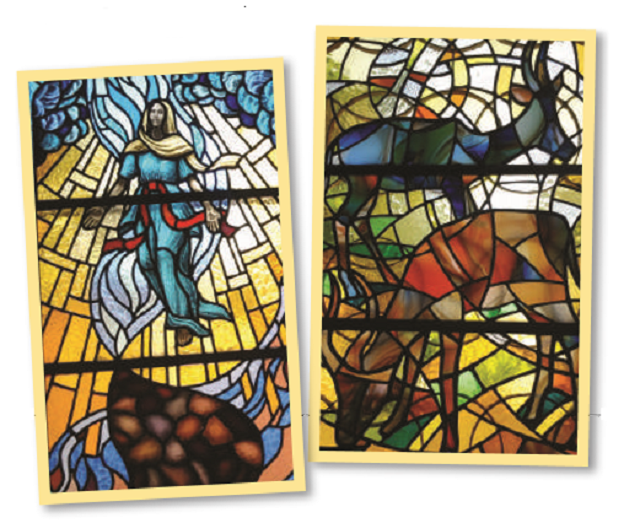
Fast forward into the current century, the religious opulence of stained glass is on the brink of extinction as religion is increasingly taking the back seat in the postmodern world.
During a recent global forum of artists associated with the art of stained glass that took place in Germany, the one theme that dominated the discussion was about salvaging the craft from its massive decline world over. These fears were clearly not unfounded.
In Europe, the cradle of stained glass dating back to the Medieval era Christian church, the decline in religious practice means there is no more demand for stained glass art, as no new construction project are taking place and even the old ones are being converted to other purposes. Stained glass workshops are also folding their businesses in favour of other more lucrative ventures due to the shrinking market for such products. This state of affairs puts into jeopardy the entire stained glass industry if materials that feed into the sector stop coming through.
This state of affairs has prompted industry players to seek other creative and innovative means to drive the craft. This has sometimes meant circumventing the conventional processes and materials and exploring new horizons.
In Uganda, however, it appears the stained glass artistry is least concerned about the worries of the West. Contrary to Europe’s massive religious degeneration, the church in Uganda is growing and trade in accompanying artistic accessories is booming. At the centre of this movement is Matthias Muwonge and John Bosco Senyonga;, two leading luminaries operating at their Nsambya Stained Glass Workshop.
The Nsambya workshop is the sole stained glass production centre in the whole of East Africa, which makes Muwonge probably the leading figure in the industry. He also teaches sculpture at the Makerere art school.
For over three decades, Muwonge has been at the centre of the stained glass business in Uganda and beyond. He has created grandiose additions to religious architecture on countless churches. The craft that was earlier dominated by the Catholic Church has found inroads in the Anglican Church as well, albeit without certain established Catholic iconography. Moreover, the once revered “holy art” is now increasingly courted by wealthy people who are incorporating stained glass in their personal properties, including homes.
One client commissioned Muwonge to design sets of stained glass windows showing the couple’s totems of a bird and a pangolin. Muwonge does not mind the shift. He sees it as an awakening awareness of stained glass artistry “as a craft equivalent to any other art form”.
****
editor@independent.co.ug
 The Independent Uganda: You get the Truth we Pay the Price
The Independent Uganda: You get the Truth we Pay the Price



